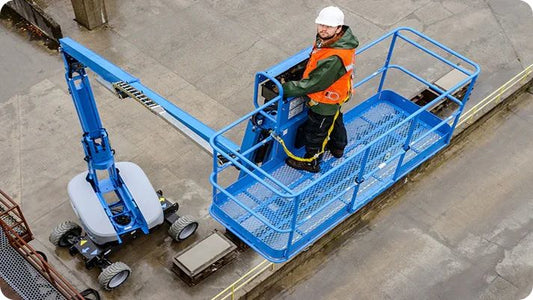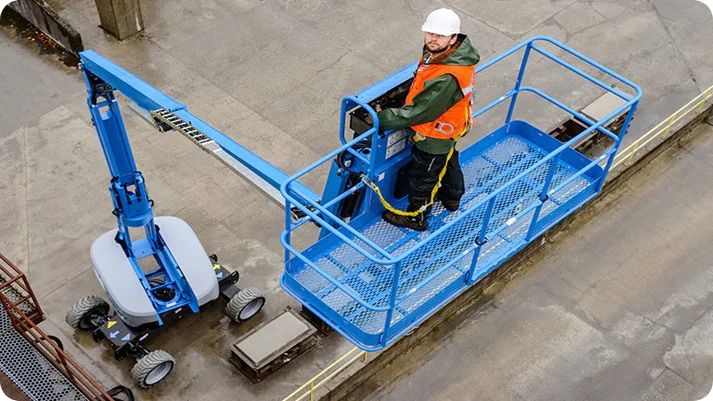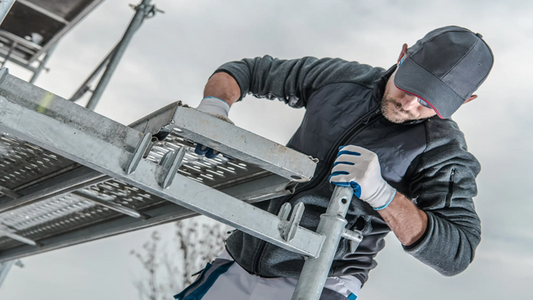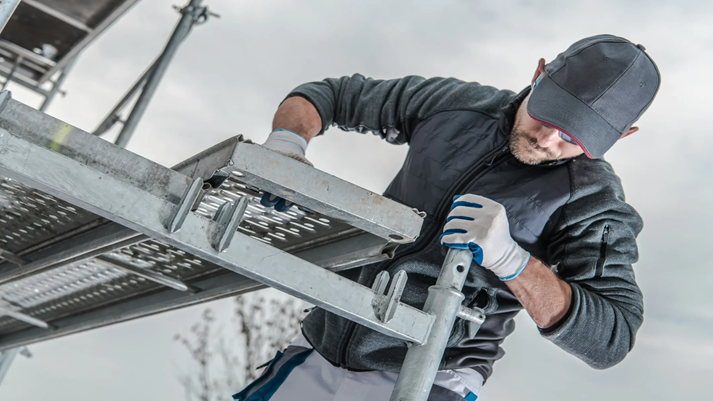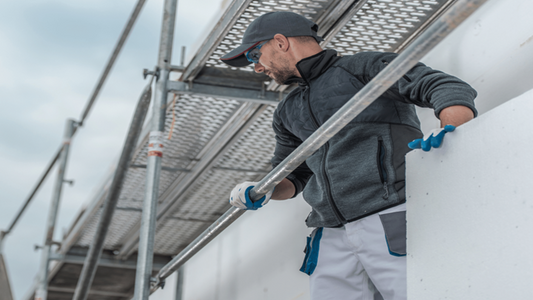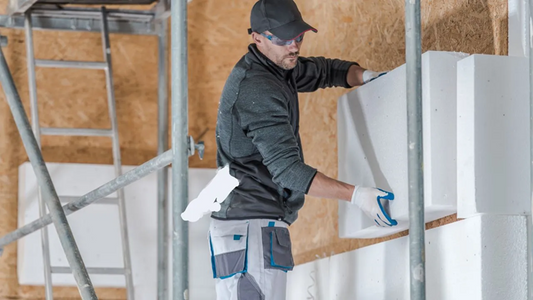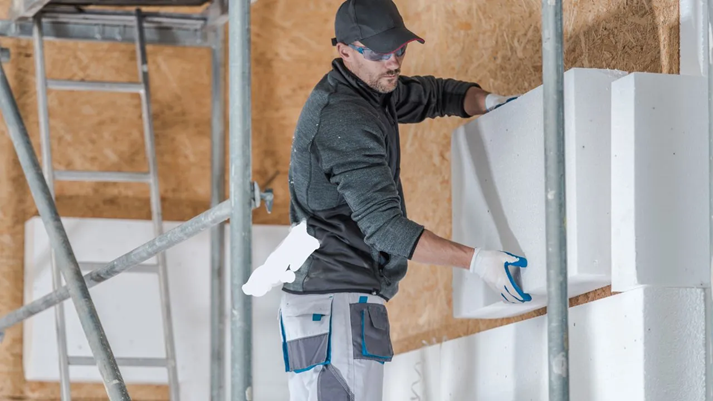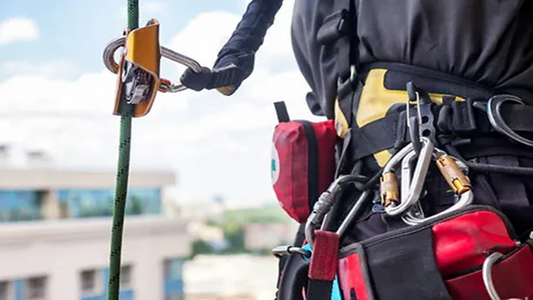A strong HSE (Health, Safety and Environment) culture is the foundation for a safe and efficient workplace. When everyone in the company shares responsibility and commitment to safety, the risk of accidents and injuries is significantly reduced. In this post, we look at how you can build and strengthen the HSE culture in your company.
Why is HSE culture important?
A good HSE culture:
- Creates safety and well-being for all employees
- Reduces sick leave and costs related to injuries
- Ensures that laws and regulations are complied with
- Improves company reputation and competitiveness
Without a clear HSE culture, safety routines can be overlooked or downgraded, which increases the risk of serious incidents.
Build HSE culture through knowledge and training
It is crucial that all employees have the right skills and understanding of the risks associated with their work tasks. Here, targeted training can make a big difference:
-
Scaffolding course with fall protection for safe assembly and use of scaffolding:
Scaffolding course 2–5 meters | Scaffolding course 2–9 meters
-
Scaffolding user course for those working on pre-assembled scaffolding:
Scaffolding user course
-
Fall protection course for anyone working at height:
Fall protection course
-
Work safety course 1 and 2 for safety when working on or near roads:
Work safety course 1 | Work safety course 2
Through targeted training, employees gain an understanding of risk, the correct use of equipment, and how they contribute to safety in the workplace.
Leadership and involvement – the key to success
The HSE culture starts at the top. Management must lead by example and prioritize safety at all levels. This means:
- Communicate clearly about security goals
- Enable employees to report dangerous conditions without fear
- Involve employees in HSE work and decisions
- Follow up and evaluate safety routines regularly
When employees feel heard and included, they become more responsible and aware of their own safety and that of others.
Practical measures for a better HSE culture
- Have regular HSE meetings and safety training
- Conduct risk assessments in collaboration with employees
- Ensure proper and well-maintained safety equipment
- Encourage reporting of dangerous situations or errors
- Celebrate good safety results and achievements
Summary
Building a strong HSE culture requires continuous effort and commitment from both management and employees. With the right training, open communication and a focus on safety in everyday life, the company can create a safe workplace where everyone feels responsible for their own health and that of others.
Would you like to strengthen HSE competence in your company? See some of our courses here:
- Scaffolding course with fall protection
- Scaffolding user course
- Fall protection course
- Work notification course
Contact us for advice or registration!



